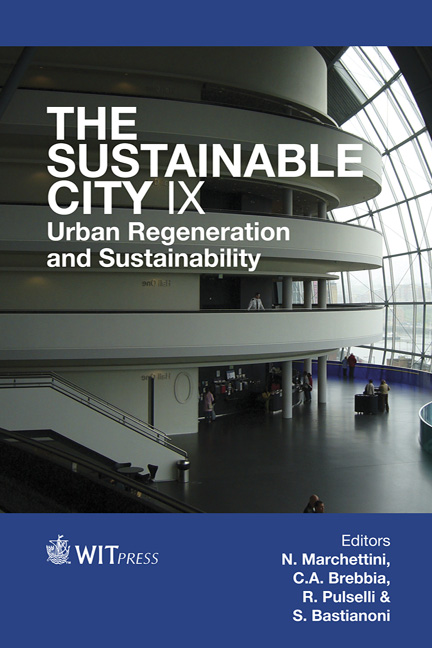An Example Of The Removal Of Organic Pollutants From Off-gas Generated From Small Activities In The Proximity Of Urban Areas
Price
Free (open access)
Transaction
Volume
191
Pages
10
Page Range
1413 - 1422
Published
2014
Size
561 kb
Paper DOI
10.2495/SC141192
Copyright
WIT Press
Author(s)
V. Torretta, E. C. Rada, M. Schiavon, E. Trulli
Abstract
This article describes a theoretical application aimed at the potential recovery of organic pollutants poorly soluble in water and with a molecular weight higher than that of water. The organic pollutants must be present in the gas stream to be treated only in low concentrations. A case study was considered in which chlorobenzene was taken as the organic pollutant of reference. The application can be interesting when applied to industrial off-gases, especially if generated in the proximity of urban areas. Indeed, often in most industrialized regions of northern Italy, urban/industrial planning has not adequately separated the residential and productive areas: the presence of a number of small polluting activities can create critical conditions of human exposure even in the absence of large emitters. The system is developed according to two alternative process schemes (liquid–liquid separator equipped with a coalescer and separation using membrane process). The goal is twofold: from an environmental point of view, the aim is to treat the gas flow, limiting the dispersion into the atmosphere of hazardous pollutants; to this, an economic target should be added, with the opportunity to simultaneously retrieve reusable substances in industrial production cycles.
Keywords
air treatment, chlorobenzene, material recovery, organic pollutants





